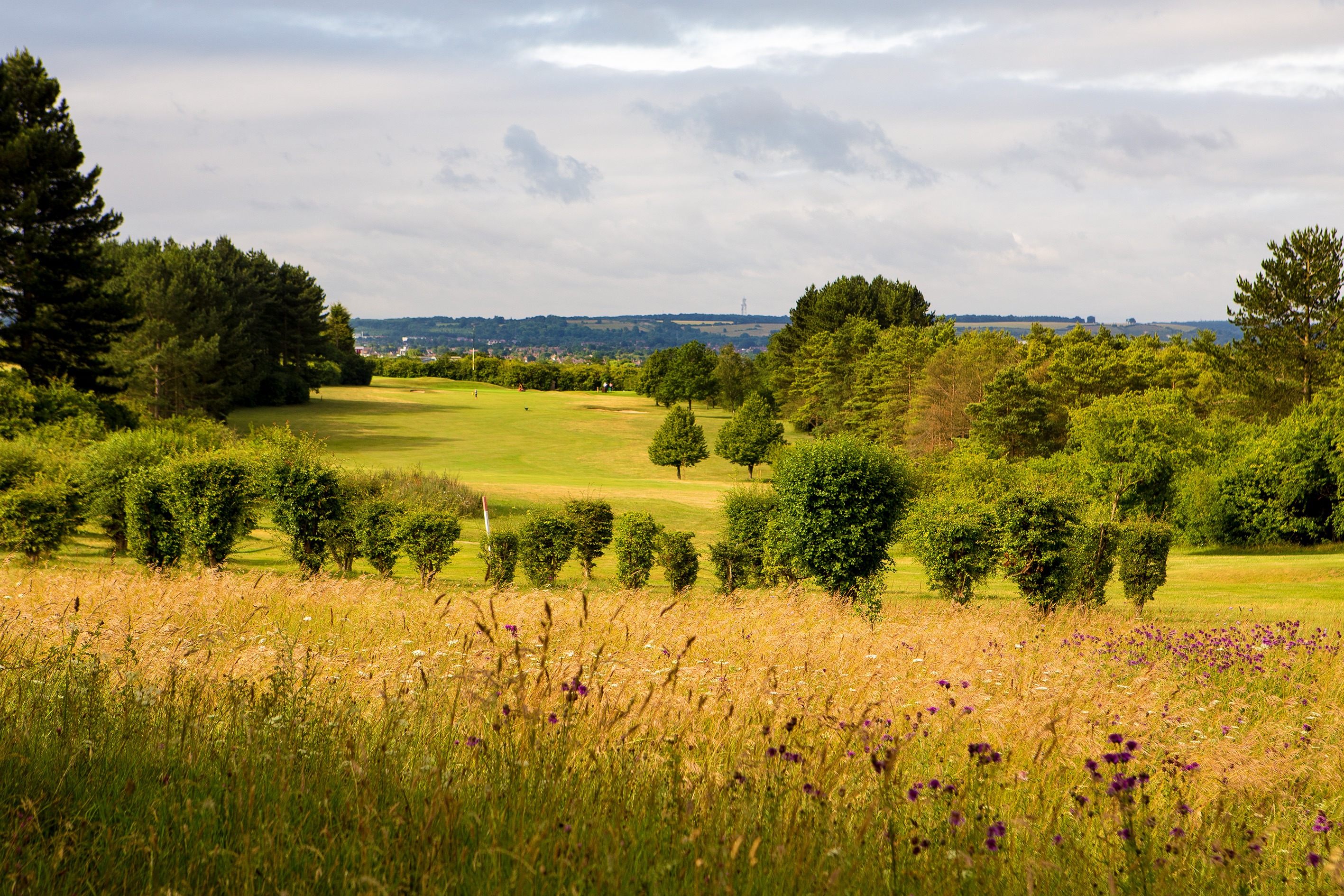Chalk grasslands and limestone grasslands are some of our richest grasslands for wildflowers in the country and are a rare habitat across the UK with less than 33000-41000 ha of lowland calcareous grassland remaining, calcareous grasslands tend to be dry due to the soil structure and texture; rainfall quickly drains through the earth and into the bedrock of limestone areas, forming underground channels and caves.
Calcareous grasslands are usually managed as extensive grazing pasture rather than as hay/flower meadows The North Chilterns are an area of chalk hills in Bedfordshire, so many pockets of grassland, scrub and woodland remain. Some of the traditional wildflower meadows in these hills have been managed the same way for centuries, creating wonderful habitats for wildflowers, invertebrates and larger animals. They are the grassland equivalent of ancient woodlands.
Wild plants that have disappeared from other parts of Britain, like moon carrot and wild candytuft, can still be found in the North Chilterns. Other wildflowers can also be found, as well as scarce orchids, such as the frog orchid and man orchid, and butterflies such as such as the Duke of Burgundy, Chalkhill blue and marbled white.

Close to Luton, North Chilterns Chalk is perfect for South Beds members enjoy the sight of meadows alive with butterflies in summer and to walk the fairways with fantastic views and red kites soaring overhead.
The adjoining Warden and Galley chalk hills rising from the edges of Luton are a fine example of this habitat, they are designated a Site of Special Scientific Interest, as a ‘One Nature landscape’ extends to the course and adds to retain grassland full of colour, with areas of scrub providing shelter for birds and insects. The course includes a small bank ‘Drays Ditches’ associated with Medieval cultivation terraces. Similar sites have declined nationally.
The views from the top of Galley Course are well worth the climb. The fairways in places are integrated through flower-rich grassland, home to great pignut and in spring, orchids dot the hillsides, followed by the late summer hues of wildflowers such as scabious and knapweeds. The steepest banks where the soils are very thin and nutrient-poor are where less competitive, lower-growing herbs can flourish. These include horseshoe vetch, common rock-rose and kidney vetch, the foodplants of the specialist chalk butterflies chalkhill blue.
In spring and autumn, migrant birds stop off to feed before heading off once again on their way to their nesting or wintering grounds. We prevent woodland succession on the grassland by scrub land management / reduction of removing scrub. By having mixed aged and structured scrub can enhance the wildlife interest of the site by providing food and shelter to a range of birds and invertebrates than grassland could support alone.
In the absence of management, scrub can expand to obliterate grassland areas, which in time can develop into woodland often be dominated by ash.